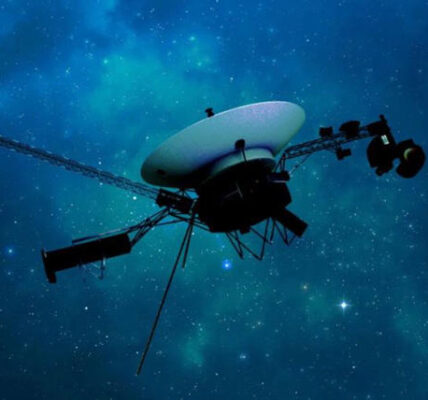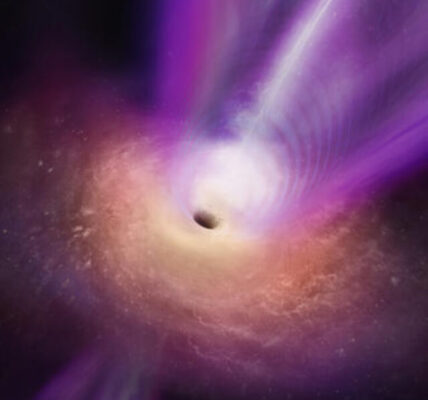Life on Ceres Dwarf Planet: Could It Really Exist?
Life on Ceres Dwarf Planet is becoming a real possibility, as NASA scientists reveal evidence of water, salt deposits, and potential habitable oceans beneath its surface.

© Getty Images/iStockphoto
Life on Ceres Dwarf Planet – Why Scientists Are Excited
The question of whether we are alone in the universe has always fascinated humanity. Nestled between Mars and Jupiter in the asteroid belt, Ceres has revealed surprising evidence that suggests it could host the conditions for life.
What Makes Ceres So Special?
For a long time, scientists thought it was just a lifeless rock floating in space. But new findings suggest that life on Ceres dwarf planet might not be such a far-fetched idea after all.
The reason? Water. Wherever we find water in the universe, we usually find the potential for life.
Evidence of Water and Salt Deposits
NASA’s Dawn spacecraft gave us our first real close-up look at Ceres, and the results shocked researchers.After investigation, scientists discovered these bright patches were salt deposits.
These salts indicate that liquid water once existed on Ceres, and possibly still does below the surface. According to NASA scientist Dr. David Grinspoon, the evidence suggests that life on Ceres dwarf planet may be possible because of these underground water reserves.
He explained that a crater on Ceres revealed salt deposits very similar to what we find in Earth’s oceans. This discovery strongly hints that water has played an important role in shaping Ceres’ history.
Why Water is the Key to Life
If Ceres still has salty underground oceans, as the evidence suggests, then microbes could potentially survive there. It would not be the advanced kind of life we see on Earth, but even simple microbial life would be a groundbreaking discovery.
The Mystery of the “Alien Lights”
Long before spacecraft reached Ceres, astronomers were puzzled by strange bright spots shining on its surface. These were nicknamed the “alien mystery lights.” Some even speculated they could be signs of extraterrestrial technology.
While NASA later confirmed that the lights are simply reflective salt deposits, the fascination they inspired remains strong. The fact that these salt patches shine so brightly is further proof that Ceres is geologically active. This activity strengthens the idea that life on Ceres dwarf planet is not an impossible dream, but a real scientific possibility.
A Surprising Discovery for Astrobiology
Astrobiologists like Dr. Grinspoon have stressed how surprising these findings are. For decades, Ceres was assumed to be cold and dead, incapable of supporting anything. But now, researchers admit they underestimated this small world.
“The more we explore the solar system, the more we’re surprised by the activity on these worlds we thought were dead,” Grinspoon explained. This constant element of surprise is why scientists are becoming more open to the idea of life on Ceres dwarf planet.
Could Life Still Exist There Today?
The ultimate question is not just whether Ceres was habitable in the past, but whether it might still support life right now. If underground oceans exist, protected beneath the icy crust, then conditions might remain stable enough for microbial life to persist.
Grinspoon himself hinted that it is entirely possible. He suggested that planets and dwarf planets like Ceres may still contain habitable oceans today, not just in the distant past. This makes the possibility of life on Ceres dwarf planet more than just speculation—it is a real scientific avenue worth exploring.
Lessons from Earth
When looking for life beyond Earth, scientists often use our own planet as a model. On Earth, life exists in extreme conditions—from the boiling hot vents deep in the oceans to the frozen Antarctic ice. Microbes are particularly resilient and can survive without sunlight, relying instead on chemical energy.
If such tough life forms exist here, then life on Ceres dwarf planet could exist in similar hidden environments. Underground oceans enriched with salts and minerals could provide just enough energy for tiny organisms to thrive.
What’s Next for Ceres Exploration?
The discovery of salts and possible underground oceans means that Ceres is now on the list of worlds scientists want to explore more deeply. Future missions could drill into its surface or send probes capable of detecting signs of life.
If evidence of microbial organisms were ever found, it would completely change how humanity sees its place in the universe. Life on Ceres dwarf planet would prove that life can develop in small, overlooked worlds—not just on Earth-like planets.
Conclusion
The idea of life on Ceres dwarf planet may have once sounded far-fetched, but recent discoveries are making it a serious possibility. With salt deposits hinting at underground oceans and geological activity proving the planet is far from dead, Ceres has become one of the most exciting places in our solar system for astrobiology.
For now, we can only wait for future missions to confirm what scientists suspect. But one thing is certain: the closer we look at Ceres, the more it seems that life in our solar system may not be confined to Earth alone.
Related:
Black Hole Nanocraft Mission 7 Stunning Breakthroughs




